We handle OEM products for all types of tableware, including dishes, glassware, interior accessories, and functional tableware. We produce products that meet our customers' needs, from small to large quantities, at our partner factories (over 100).
OEM
OEM
We produce products according to our customers' requests. As advisors for table coordination, we also handle visual styling and photography.
Product Creation Process
Production Process
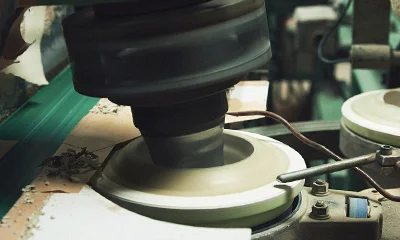
This is the process of forming the shape of the vessel. It goes into the machine from the conveyor fully automatically. When it comes out of the machine, it becomes the shape of a vessel. Also, there are various "molds" depending on the manufacturer, and each has its own shape.
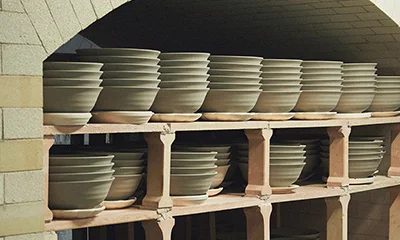
It is slowly dried and then goes into the "biscuit firing" kiln to further remove moisture. Low-temperature firing (biscuit firing) is performed at about 800°C.
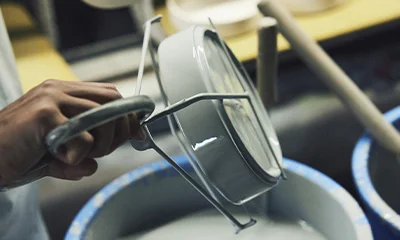
For "upright items" (bowls, tea bowls, etc.), patterns are often applied to the outside. It is printed fully automatically. The glaze is divided into three parts: "ash, feldspar, lead", and various glazes can be made by adding "copper, iron, metal" to this base.
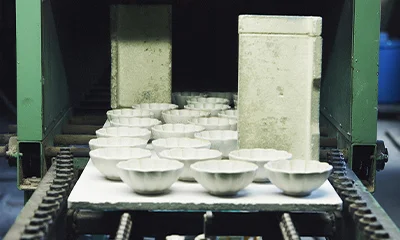
When it comes out of the machine, it becomes the shape of a vessel. Also, there are various "molds" depending on the manufacturer, and each has its own shape.

First, the plaster mold is cooled to remove the pottery inside. The plaster mold is opened, the finished vessel is removed, and it is inspected while cooling.
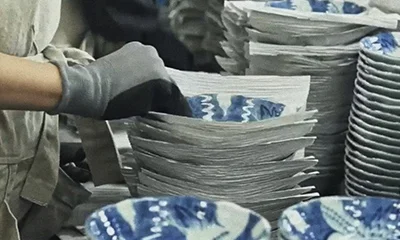
After being shipped from the manufacturer, we also perform a second inspection.

Each piece is carefully packed to prevent breakage and shipped.